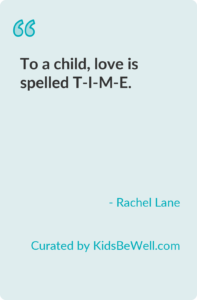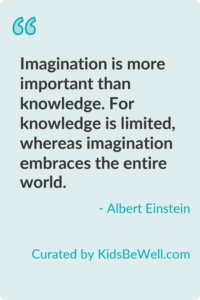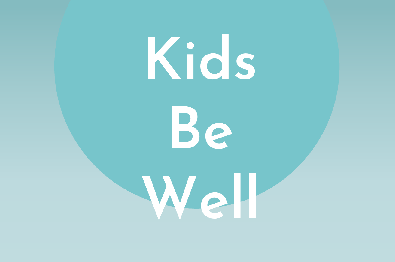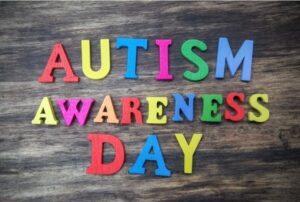The quote, “Don’t just teach your children to read. Teach them to question what they read. Teach them to question everything,” highlights an essential aspect of education that is often overlooked—developing critical thinking in children. Reading is a fundamental skill, but teaching children to question, analyze, and think independently is the key to nurturing well-rounded, thoughtful individuals.
Why Critical Thinking is Crucial for Children
In today’s information-driven world, children are constantly bombarded with texts, media, and opinions. Without the ability to critically assess what they read or hear, they risk being misled or accepting information without understanding its validity. Teaching children to question what they read ensures that they develop the tools to discern facts from opinions, biases, or misinformation.
Critical thinking also enhances problem-solving skills, creativity, and decision-making. When children learn to question and analyze, they become more engaged learners, better communicators, and more confident individuals who can navigate complex situations effectively.
How to Teach Children to Question
- Encourage Active Reading
Reading should not be a passive activity. Encourage children to interact with the text by asking questions such as:- Who is the author, and what might be their perspective?
- What is the purpose of this text?
- Are there any biases or assumptions?
- Does the information align with what they already know?
- Foster a Safe Environment for Questions
Children need to feel comfortable asking questions, even if they challenge authority or widely accepted ideas. Parents and educators should welcome curiosity and discussions rather than dismissing or discouraging them. - Model Critical Thinking
Children learn by example. Show them how to question ideas, analyze arguments, and seek evidence to support conclusions. For instance, if watching the news together, discuss the sources and motives behind the stories. - Introduce Multiple Perspectives
Present children with various viewpoints on a topic. This helps them understand that there is rarely a single “right” answer and teaches them to evaluate different arguments. - Teach Research Skills
Guide children on how to verify facts, identify credible sources, and cross-reference information. Developing these skills early will empower them to become informed individuals.
The Benefits of Questioning
Children who are taught to question develop an insatiable curiosity about the world around them. They become lifelong learners, always seeking to understand more deeply. This habit of questioning is not limited to books—it extends to how they approach challenges, relationships, and societal issues.
Moreover, questioning fosters empathy and understanding. When children learn to view situations from different perspectives, they gain a better appreciation for diversity and the complexities of the human experience.
Key Takeaways
Teaching children to read is essential, but teaching them to question what they read is transformative. It equips them with the critical thinking skills needed to navigate a world filled with information, biases, and uncertainties.
As parents and educators, our role is to inspire curiosity, encourage dialogue, and foster an environment where children feel empowered to question everything. By doing so, we nurture thoughtful, independent thinkers who are not only prepared for academic success but also for the complexities of life.
Critical thinking is the foundation of innovation and progress. When we teach children to question, we give them the tools to contribute meaningfully to society and shape a brighter future for themselves and others.












